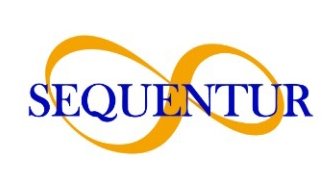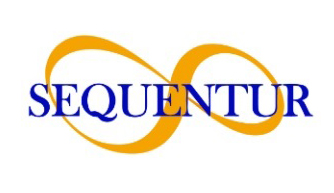Backup and Disaster Recovery: Protecting SMEs
There are several small and medium-sized enterprises (SMEs) operating with a sense of unrealistic optimism when it comes to data loss and disaster recovery. The current cyber-reality can be quite different and can impact and negatively affect your business if you are not vigilant.
As the rate of digitalization grows and becomes more and more a business “must-have”, so does the risk of data loss. Can your business afford a data-loss incident?
There are 3 main causes for data loss:
- Human error: falling to a phishing scheme is the most common,
- Cyberattack: we have heard ransomware and penetrations, and
- Natural disaster.
All these, in the end, could reach the same consequences for a business:
- Downtime: For SMEs, per-hour downtime costs vary from $10,000 to $50,000.
- Reputation damage/loss: 1/3 of customers will end their association with a business following a severe data loss.
- Penalties: Failure to protect data can draw penalties worth 2% to 4% or more of company turnover.
- Closure: Some businesses are unable to recover from an incident and close permanently.
Quite simply, backup and disaster recovery for your business is paramount. A comprehensive backup and disaster recovery solution provides secure, uninterrupted backup and fast data recovery.
The right Managed Service Provider company (MSP) can provide you with a cloud-based architecture that ensures your business runs seamlessly in the event of a disaster.
Key Terms Used in Backup and Disaster Recovery
The following terms will give you an idea about the type of actions and processes your MSP should aim to implement within your business:
Minimum Business Continuity Objective (MBCO): signifies the minimum level of output needed after severe disruption to achieve business objectives.
Maximum Tolerable Period of Disruption (MTPD): is the duration after which the impact on a business caused by minimal or zero output becomes intolerably severe.
Recovery Time Objective (RTO): this is the time it takes before employees can start working after a data-loss event. It is usually measured in minutes.
Recovery Point Objective (RPO): this is the amount of work that can be lost and will need to be done again after a data-loss event. It is usually measured in seconds.
Here you find a summary of functions we regularly do for SMEs like yours, providing Business Continuity solutions.
Business Continuity: Backup and Disaster Recovery Deployment
Having an effective backup and disaster recovery solution provides several benefits. Here are the top six:
-
Stay protected against natural disasters
The first half of 2020 alone had close to 200 reported natural disasters. While it’s impossible to stop a natural disaster, you can ensure your data is protected and take the necessary measures to prevent downtime.
-
Minimize the impact of a cyberattack
With the rate of cyberattacks going through the roof and with small and medium-sized enterprises being a constant target of attacks, it is essential to have a robust backup and disaster recovery solution to protect your business.
-
Safeguard sensitive data
If your business handles sensitive data like Personally Identifiable Information (PII), measures should be taken to ensure it never ends up in the wrong hands. Safeguarding all critical data can build your business’s reputation and prevent regulatory penalties.
-
Quick recovery
It doesn’t matter how disaster strikes. What matters is how quickly your business bounces back. A good backup and disaster recovery solution helps you get up and running as soon as possible.
-
Reduce the impact of human error
From accidental or intentional mis-delivery or deletion to corruption of data, employees can pose a security threat to your business. Deploying backup and disaster recovery is, therefore, crucial. You must also train your employees on the difference between acceptable and unacceptable behavior.
-
System failure and action plans
Unexpected system failure can lead to downtime if you don’t equip your business with backups and disaster recovery action plans.
On the topic of Backup, here is an interesting article about 5 Backup Mistakes to Avoid.
Does your company have a Business Continuity plan?
As you are undoubtedly aware, it’s your responsibility to protect your business from data loss and its chaotic aftereffects. But we can help.
Even when you have a good IT Department, they are usually overwhelmed by providing support and other key functions within your organization. Here is when we come into play as your Managed Services Provider – you will save time and money while having a team of highly trained professionals be your virtual IT team or even become an extension of your current one.
We’re here for you. With our backup and disaster recovery solutions, we can help build a resilient strategy to protect your business against data loss and give you much-needed peace of mind in the event of a disaster.
Article curated and used by permission.


